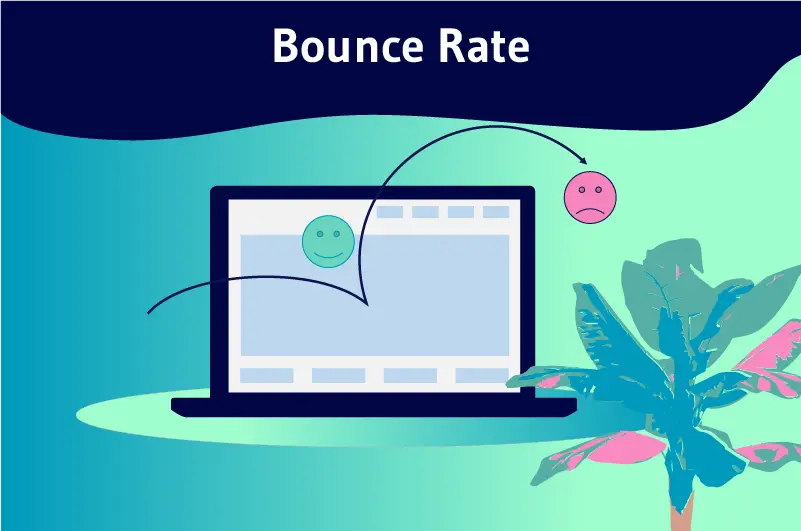
What is bounce rate?
Bounce rate is the metric that measures the percentage of website visitors who leave the site without taking any additional action, such as clicking on links, filling out forms, or making purchases. Google Analytics tracks bounce rate by including its tracking ID on every page of the website. If a visitor leaves the site without any further interaction, their session expires, and their visit is recorded as a bounce.
The biggest mystery of Google’s algorithm: Everything ever said about clicks, CTR and bounce rate
How does Google calculate Bounce rate?

The phrase “I came, I puked, I left” coined by Avinash Kaushik is a well-known description of bounce rates from users. But what exactly does it mean, and when does a visitor bounce? Is it simply when someone clicks the back button, or is there more to it? And what information can you glean from a webpage’s bounce rate? In this post, we’ll explain what bounce rate is, what it signifies, and how you can improve it. Additionally, we’ll explore how Google Analytics calculates bounce rate.
Google defines bounce rate as the percentage of single-page sessions divided by all sessions, or the proportion of sessions during which users only viewed a single page and generated a single request to the Analytics server. In other words, it counts all sessions in which a visitor only viewed one page and divides it by the total number of sessions.
What is Bounce Rate in SEO terms? What is Google Bounce rate?
A high bounce could indicate three things:
- The page’s quality is poor, and there is nothing that encourages visitors to interact with it.
- Your audience does not align with the page’s intent, as they will not engage with your page.
- Visitors have found the information they were seeking.
How to lower your bounce rates?
The only way of lowering your bounce rates is by amping up the engagement on your page. In my opinion, there are two ways of looking at bounce rate. From a traffic perspective and from a page perspective.
If certain traffic sources have high bounce rates, then you need to look at the expectations of the visitors coming to your site from those sources. Let’s say you’re running an ad on another website, and most people coming to your site via that ad bounce, then you’re not making their wish come true. You’re not living up to their expectations. Review the ad you’re running and see if it matches the page you’re showing. If not, make sure the page is a logical follow-up of the ad or vice versa.
If your page lives up to the expectations of your visitors, and the page still has a high bounce, then you have to look at the page itself.
Try these optimisation tips and tricks from our specialists:

